
views
With less than 18 months to go for the Uttar Pradesh (UP) assembly polls expected in early 2022, it’s the issue of 'Brahmin discontent' that is increasingly becoming a political hot potato under Yogi Adityananth's rule in the state. It has raised concern among the ruling Bharatiya Janata Party's top leadership and has given the Opposition an opportunity to make some inroads.
The question is will the discontent amount to fissures in the BJP-RSS’s strongly knit Hindutva architecture or will it be managed through strong religious projection with issues like the Ram temple construction in Ayodhya. At the moment, just days after a highly glorified Bhoomi Pujan event, which also got unprecedented media attention, it seems to have not cut much ice with the electorate. And rival parties have jumped in to tap the discontent.
While the Samajwadi Party (SP) has announced the construction of the tallest Parashuram statue in Lucknow and may go for more likenesses of the revered Brahmin deity across different districts, Bahujan Samaj Party (BSP) chief Mayawati is not far behind.
On Sunday, she hurriedly held a media reaction, reminding the Brahmins of their past association and being stakeholders in political power sharing in 2007, when the party had stitched a successful rainbow coalition of Brahmins and Dalits.
The slogan then had been “Hathi nahi Ganesh hai, Brahma Vishnu Mahesh hai”. Reiterating her commitment Mayawati promised respect and reverence to all venerated personalities of different castes and promised their statues if her party comes to power in 2022. She also vowed to build hospitals in the name of Lord Parashuram.
While being a committed socialist, personally not being driven by caste politics, SP chief Akhilesh Yadav is said to be keeping a close eye on changing caste dynamics in the state. A highly placed source in the party said, “Akhilesh ji believes in politics of development. Our government’s tenure form 2012 to 2017 is testimony to the work done. However, in a state where caste has for long been a strong antithesis to communal politics, realities of castes cannot be ignored. The message to leaders like former UP minister Abhishek Mishra and Manoj Pandey, MLA from Unchahar in Raebareli, is to tap into the Brahmin community, especially in the regions of Awadh and Brahmin belt of Kannauj, Farrukhabad and Kanpur."
In fact the announcement regarding Parashuram statues was made by Manoj Pandey himself. Pandey happens to be the president of Samajwadi Prabuh Sabha, a frontal organisation of the SP, that primarily focuses on the Brahmin upper caste.
The Congress, too, has not been lacking in this initiative to tap into the alleged Brahmin discontent. Former union minister and Young Turk of the party Jitin Prasada has already donned the Brahmin cap. He has floated an organisation called 'Brahman Chetna Parishad' and is on the mission of uniting the Brahmins and raising their voice against what he calls cases of increasing atrocities against the community.
Speaking to News18, he said, “I am a die-hard Congressman. We don’t believe in sectarian and caste politics, but I am also a Brahmin and, therefore, cannot be a silent spectator to increasing marginalisation and atrocities being committed against innocent Brahmins under Yogi Adityanath’s rule."
Asked if his initiative has the blessings of the party’s top leadership including Congress general secretary in charge for UP, Priyanka Gandhi Vadra, he said, “Our leadership doesn’t believe in caste politics." Sources, however, say Jitin Prasada’s move has a go-ahead from the top and apart from him other leaders like MLA Aradhna Mishra and Lalitesh Tripathi in the east have also been put on the job.
But the Opposition’s zeal brings up the larger question of what has gone wrong with the strong pro-BJP Brahmin sentiment, so dominant for long. Brahmins, after all, had been firmly with the party since the time of the Ram Mandir agitation in the mid-1980s, when they moved away from the Congress. Barring a brief shift towards the BSP in 2007, this association with the saffron party had been more or less intact.
Devendra Shukla, general secretary of the Akhil Bhartiya Brahma Samaj, said, “Brahmins had a key role in the BJP’s success in the 2017 state elections, but the community as a whole feels neglected. Even the Brahmin leadership within the BJP feels marginalised. In the 2019 general elections, the community had forgotten the discrimination and had supported the BJP, but in 2022 the community is in a mood to explore new options."
What Shukla says holds importance. He comes with firm roots in RSS ideology. So what is the plan? “We are not inclined towards either the SP or the BSP. The Congress lacks the organisational infrastructure to catch the imagination. We are planning to field independent Brahmin candidates so that the political strength of the community could be proven,” he said.
Observers say a lot of caste perception has been created by certain acts of the government. Prominent sociologist Dr Pradeep Sharma of Shia PG College said, “In the past, during the Akhilesh Yadav regime, the BJP had built a successful narrative around the imaginary notion of appeasement of the minorities and favouritism to the Yadavs among the Hindu backward castes and the Samajwadi Party was not able to ward off this perception. Now, the Yogi government is faced with a perception of Brahmin negligence. Despite being a dreaded gangster, the killing of Vikas Dubey under suspicious circumstances and pictures of the demolition of his house did not go well. More so when Yogi Adityananth himself has a perception of being a strong Kshatriya face and his political rivalry with Brahmin leaders like Hari Shankar Tiwari in eastern UP are well known."
The concerns are also within the BJP organisation. A senior Brahmin leader of the party, not willing to be named, admitted this restlessness. “Despite having Brahmin officers as chief secretary, director general of police and additional chief secretary of home department, the government has not been able to break the anti-Brahman sentiment. The party is, however, hopeful that the situation will be salvaged. We are already doing our homework and getting in touch with important members of the community. It’s a perception battle and we will manage it.”
Having studied UP’s electoral history in depth, Dr Prashant Trivedi of Giri Institute of Development Studies said, “Brahmins constitute about 10 per cent of the state’s population. As a community, they have generally not been driven by a collective choice like the other castes. But over the years, attempts to cultivate them as a more or less homogeneous vote bank have been made with varying degrees of success. They can influence the electoral outcome in regions spanning from Kannauj to Kanpur, parts of Awadh including Lucknow and parts of eastern Uttar Pradesh."
Dr Trivedi added, "Since Independence, till the rise of Hindutva politics in the mid 1980s, the Congress had been their natural choice. Brahmins had been the leaders of the Congress whose strong vote base consisted mostly of the Dalits and Muslims. Kamandal politics shifted them mostly towards the BJP. The question now is whether the apparently visible Brahmin discontent in the state will persist or will it once again melt down within the larger potboiler of Hindutva.
What will happen in the days to come might be too early to predict, but it’s a fact that the BJP realises the danger and the Opposition senses an opportunity. In a state where caste still dominates the electoral political realities, the BJP will surely have hopes for larger Hindutva consolidation in the name of “Ram” and the upcoming temple in Ayodhya.










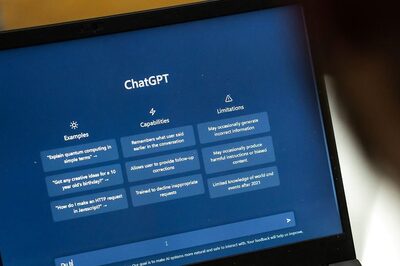


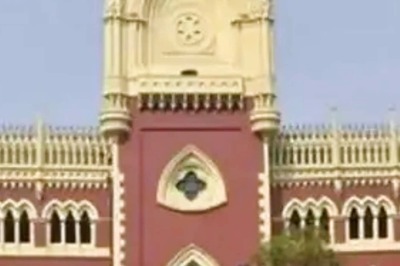
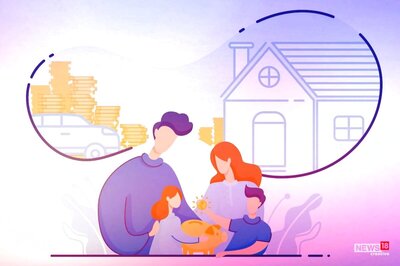
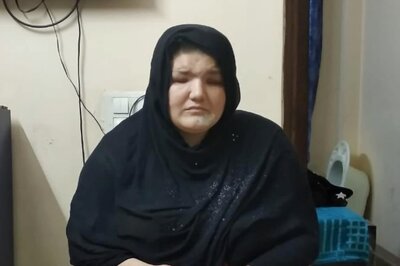

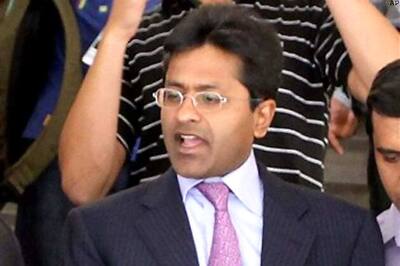


Comments
0 comment